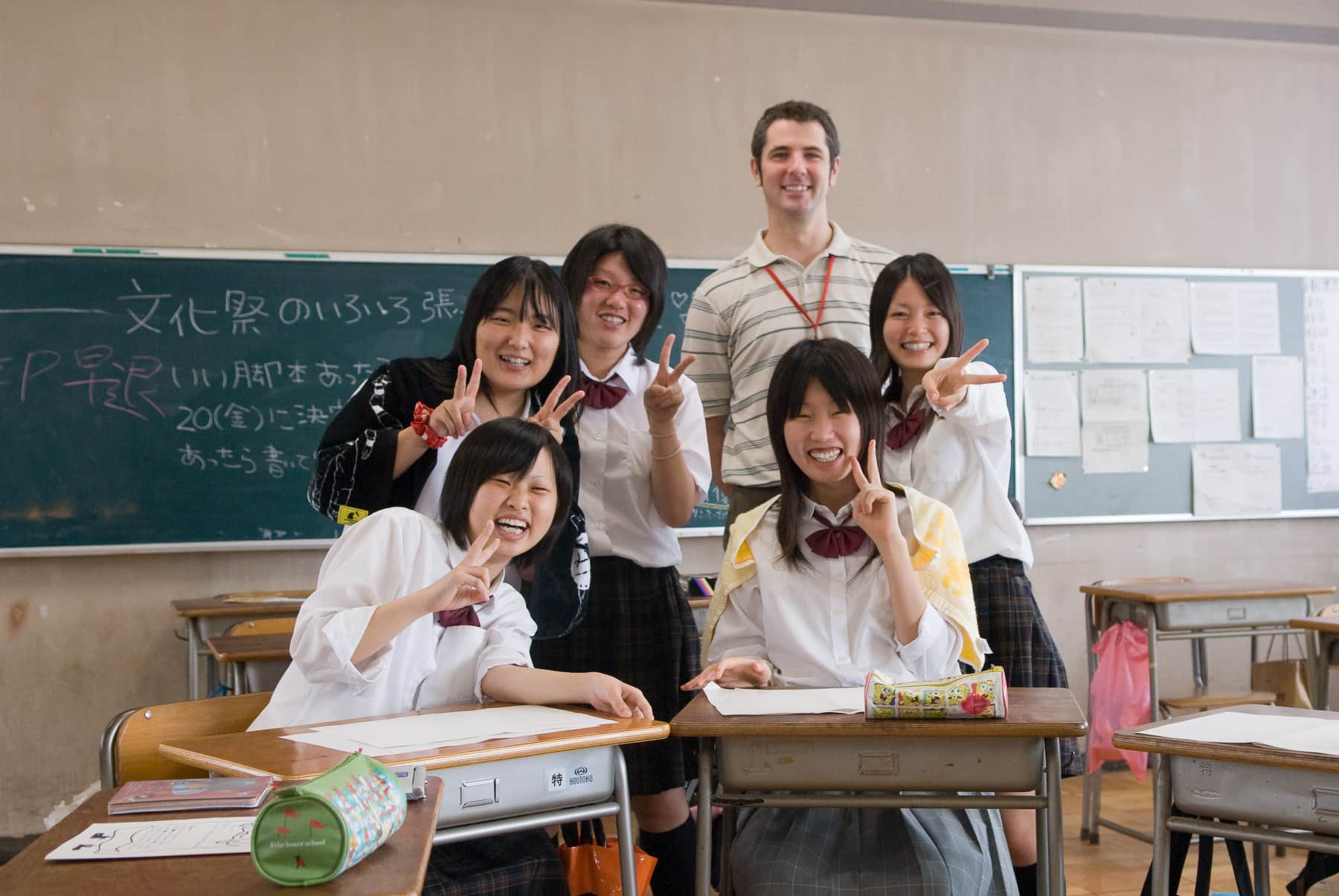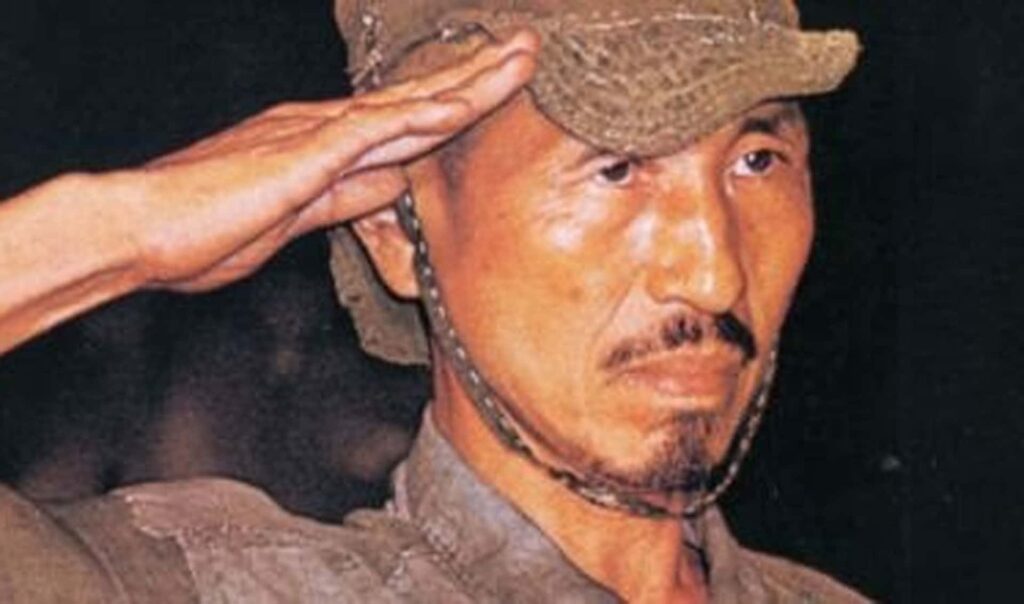9 Ways Japanese Schools Are Different From American Schools
They say education is the foundation of society—and since Japanese and American societies are different in many ways, it may not surprise you that aspects of the two countries’ educational systems are like chalk and cheese. To find out just how different learning your ABCs (or あいうs) can be in the U.S. and Japan, study up on these nine things that are commonplace in Japanese public schools, but probably wouldn’t fly in America.
1. DRESS CODE
While only about 20 percent of public schools in the U.S. require uniforms, nearly all Japanese public school students suit up from junior high school on. The traditional uniform is a high-collared, black, military-style suit for boys and a beribboned sailor blouse and pleated skirt for girls (sorry ladies, there’s no pants option). These as-seen-in-anime styles are still the norm for middle school students, but the high school uniform is gradually being replaced by the tartan skirts and trousers with ties typical of Western parochial schools. Besides regulating clothing, shoes, and backpacks, many Japanese secondary schools impose strict bans on makeup, nail polish, hairstyles, and even eyebrow grooming that would make the average American teen wince. Perhaps the most eye-opening aspect of Japanese school dress codes, though, is that until the 1990s, these mortifying buruma (bloomers) were the standard girls’ PE uniform.
2. NO JANITORS
You won’t find a janitor in any Japanese school. Instead, industrious students and teachers roll up their sleeves and spend a few minutes every day mopping the floors, clapping erasers, and even scrubbing the toilets. Which means that students wouldn’t dream of putting gum under their chair or doodling on the desks—‘cause they know they’ll just have to clean it up themselves.
3. NO SUBSTITUTES
Leaving 30 teenagers unsupervised in a classroom would be the stuff of nightmares in an American high school, but that’s exactly what happens when a teacher calls in sick in Japan. Japanese secondary schools rarely use substitutes; instead, students are trusted to study quietly and independently.

4. THE SASUMATA
Even in a country as safe as Japan, schools have to prepare themselves for the possibility of a violent intruder. The sasumata is intended for this purpose: an aluminum pole with two curved prongs at one end which is adapted from an ancient samurai weapon—and found today hanging in schools all across Japan. The idea is to use the tool to immobilize the trespasser (who is hopefully not carrying a gun, which would be highly unlikely in Japan anyway).
5. KANCHO-ING THE TEACHER
If the sasumata doesn’t work, there’s always the kancho. A favorite prank among elementary and kindergarten students, all foreigners coming to Japan to teach English are duly warned about getting kancho’d. How it works: kids clasp their cute little hands together, extend the pointer fingers, then aim them right at the unsuspecting teacher’s butthole.
6. LUNCHES
It’s hot lunch every day at Japanese elementary and junior high schools. Students and teachers forgo cafeterias, instead eat all together at their desks in the classroom. Everyone eats the exact same meal, which is prepared by lunch ladies and served by students who take turns dishing out the rice, fish, and soup to their classmates. And because waste is a big no-no in Japanese culture, schools are known for enforcing 100 percent membership in the Clean Plate Club, requiring even the pickiest of eaters to finish every last bite.
7. GREETINGS
Greetings are an integral part of Japanese culture, and school is no exception. At the beginning and end of each class, students stand and greet the teacher, then bow in unison. Many high schools also bring a brief mokuso, (closed-eyes meditation) into school to allow students to center themselves before class.
8. SATURDAY SCHOOL
One-day weekends were the norm for Japanese schools until 1992, when the government began phasing out Saturday lessons as part of a national push for a more relaxed educational system. Despite this, many school boards ignored the change and continue to hold extra lessons on Saturdays—and almost half of all Tokyo elementary and junior high students still spend at least one Saturday morning a month doing math instead of watching cartoons.
9. SUMMER BUMMER
Japanese students do get a five-week summer vacation (about half as long as America’s), but calling it a “break” might be a stretch—unlike in America, the Japanese summer break is right in the middle of the school year, and though school is technically out, students and teachers will still typically come to school almost daily for club activities. Even elementary school students are assigned a legendarily hefty summer homework packet.
Japanese-style education seems to work for them; the latest OECD global math and science rankings place Japanese high schoolers at fourth in the world, while students in the U.S. have slipped to 28th place. So though we probably won’t find American students scouring the bathroom floor while wearing a pair of bloomers anytime soon, Saturday school may be worth considering.
Japanese and American schools are very different. Can you fill in the chart about their differences?
| Japan | America |
1. dress code |
|
|
2. janitors |
|
|
3. substitutes |
|
|
4. lunches |
|
|
5. greetings |
|
|
6. Saturday school |
|
|
7. Summer |
|
|
Key:
| Japan | America |
1. dress code | -uniform in nearly all schools – schools impose strict bans on makeup, nail polish, hairstyles, and even eyebrow grooming | – only about 20 percent of public schools in the U.S. require uniforms – no restrictions on things like these |
2. janitors | – no janitors, students and teachers do the cleaning | – janitors do the cleaning |
3. substitutes | – no substitutes when a teacher calls in sick, the class is unsupervised – students are trusted to study quietly and independently | – leaving 30 teenagers unsupervised in a classroom would be the stuff of nightmares in an American high school – there are substitutes |
4. lunches | – it’s hot lunch every day – not in cafeterias but in the classroom – they have to eat everything – everyone eats the exact same meal | – it’s not always hot lunch – there are cafeterias – they don’t eat the same meal |
5. greetings | – at the beginning and end of each class, students stand and greet the teacher, then bow in unison | – it’s not so formal in the States |
6. Saturday school | – extra lessons on Saturdays but Saturday school is phasing out | – no school on Saturdays |
7. Summer | – Japanese students do get a five-week summer vacation – the Japanese summer break is right in the middle of the school year – students and teachers will still typically come to school almost daily for club activities – they get a lot of summer homework | – summer vacation is about 10-week long – it is in summer – students don’t get a lot of homework for summer |
Vocabulary
foundation | alap |
like chalk and cheese | ég és föld különbség |
commonplace | megszokott, közhely |
wouldn’t fly | nem lenne elfogadható |
dress code | öltözködési szabályzat |
uniform | egyenruha |
to suit up | öltönybe öltözni |
high-collared | magas galléros |
military-style | katonai stílusú |
beribboned | szalagos, szalagozott |
sailor blouse | matrózblúz |
pleated skirt | rakott szoknya |
no pants option | a nadrág nem választható (a szoknya helyett) |
as-seen-in-anime | ahogy az animékben láttuk |
tartan | skótkockás |
parochial | egyházi |
to impose strict bans on | szigorúan tiltani valamit |
eyebrow grooming | szemöldök kiszedés |
to wince | felszisszenni |
mortifying | megszégyenítő, ciki |
bloomers | (torna) bugyi |
janitor | gondnok |
industrious | buzgó, szorgalmas |
to roll up their sleeves | feltűrni az ingujjat |
to mop | felmosni |
to clap erasers | kirázni a krétaport a táblatörlő szivacsból |
to scrub the toilet | vécét pucolni |
to doodle | firkálni |
substitute | helyettesítő tanár |
unsupervised | felügyelet nélkül |
nightmare | rémálom |
violent intruder | erőszakos behatoló |
prongs | villafog |
to immobilize | megállítani, harcképtelenné tenni |
trespasser | birtokháborító, behatoló |
prank | csíny |
to clasp | összekulcsolni |
pointer finger | mutatóujj |
unsuspecting teacher | gyanútlan tanár |
butthole | fenéklyuk |
to forgo | nem vesz igénybe, nem használ |
cafeteria | iskolai étterem |
picky eater | válogatós |
to bow | meghajolni |
in unison | egyszerre |
to phase out | fokozatosan megszüntetni |
bummer | „szívás” |
stretch | túlzás |
hefty | nehéz, súlyos |
ranking | rangsorolás |
to scour | súrolni |



-1024x686.jpg)

